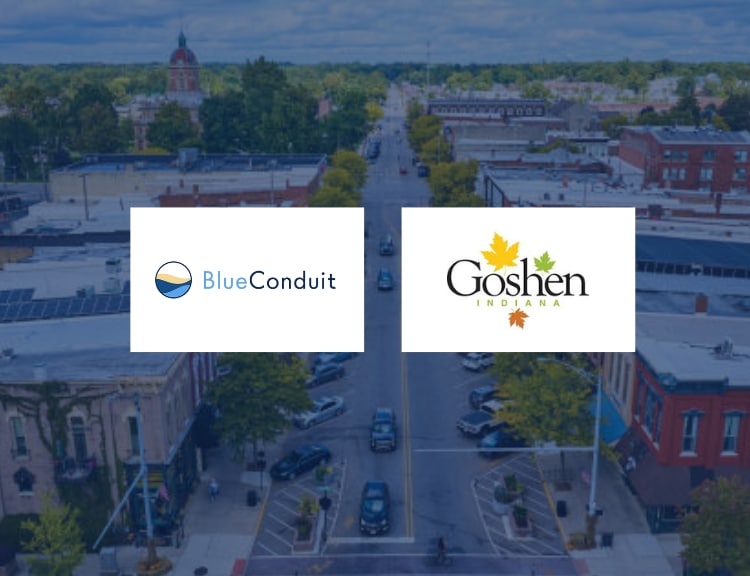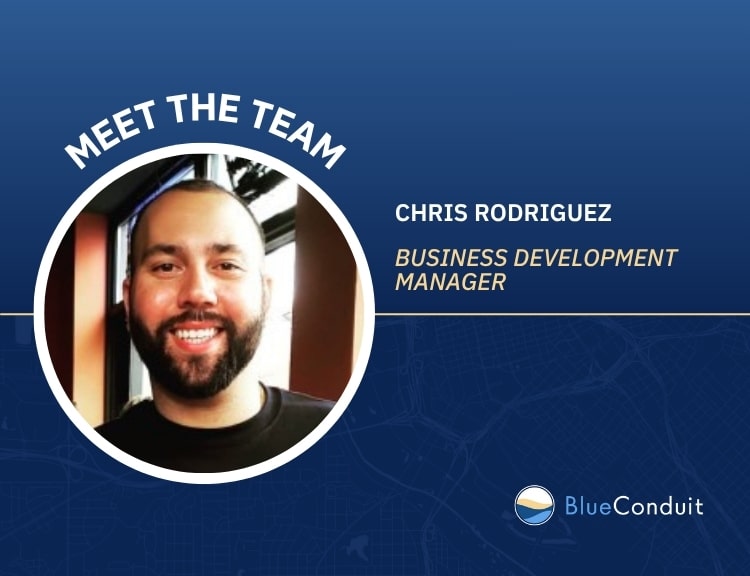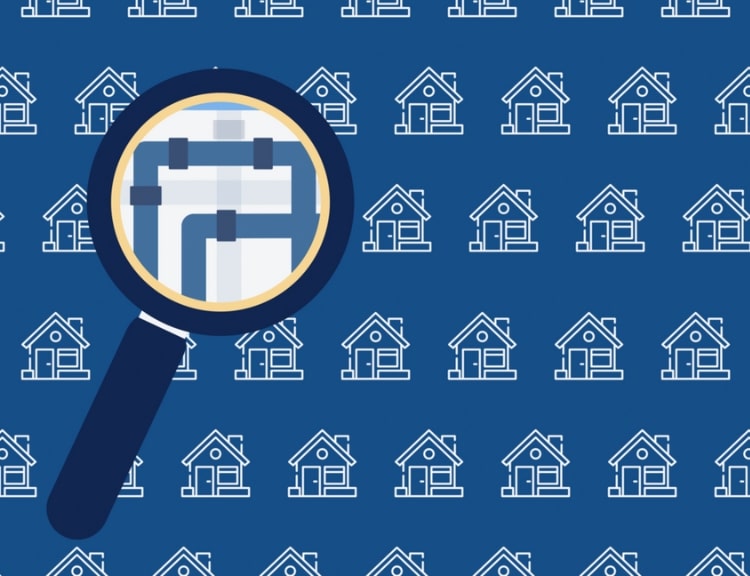Goshen is a city of 35,000 people in northern Indiana. It has been a city-owned and operated water utility since the 1830s with roughly 12,000 service lines. They chose to use predictive modeling to reduce service lines of unknown material in their system after exhausting their pre-existing identification methods, including records review, home age analysis, and reaching out to residents directly for service line identification.
Background: Creating an inventory
When Goshen started its service line inventory work, it was initially relying on information from its long-serving water utility staff who had never seen a LSL but knew there were galvanized lines with lead connectors. Goshen knew it needed to start officially classifying its system, so the City set up its initial inventory with the Esri Lead Service Line Inventory solution.
“I was facing a pretty massive effort to roll out a more modern ArcGIS Enterprise system,” said Mattie Lehman, GIS Coordinator at Goshen. “Getting editing tools and quality control processes distributed to the rest of our team was going to be essential for me.”
After the initial set up, the City conducted a comprehensive tap card review, which resulted in the immediate payoff of cultivating buy-in from field staff by giving them access to the tap cards in the field. Lehman trained field staff to enter directly into the inventory whenever they had eyes on a service line during leak repairs and other regular system maintenance duties.
Inventory work continued in Spring of 2023 when Goshen began its resident outreach program. Mailers and door hangers informing residents of the City’s efforts were left in advance of staff going door to door asking residents to help them identify their service line materials. The City also set up self-reporting tools and worked with the City Council to generate buy-in.
The challenge: How to classify the outstanding unknowns
By the end of 2023, Goshen had not found a lead service line on either the customer or utility side of the service lines. They had classified about 70 percent of their system on the private side and 60 percent on the utility side using records, home age analysis, and field verifications, leaving approximately 4,700 lines of unknown status. Since they had exhausted their existing identification methods, the city faced two paths forward: Make a plan for vacuum excavating every single one of its remaining unknown lines at a cost of nearly $3 million, or explore statistical methods and predictive modeling for inventory classification.
The solution: Predictive modeling with BlueConduit’s LSL platform
Goshen contracted with BlueConduit to classify the remaining unknown service lines using a predictive modeling approach. BlueConduit’s LSL Predictions solution uses existing field verifications, enriched with additional datasets, to generate predictions of the likelihood that a service line’s material is lead/GRR or non-lead.In selecting BlueConduit’s LSL Predictions solution, the City spent well under $300,000 on physical investigations and unknown identification; a cost savings of nearly 90%. And the City realized predictive modeling offered a host of benefits beyond the significant cost savings.
“For us, using predictive modeling was more than just a cost savings – it helped us reduce our unknowns much more quickly, thereby reducing our LCRR notification and, eventually, our replacement requirements,” Lehman said. “Quickly identifying unknowns also had the added benefit of simplifying our customer messaging strategy. We were pretty sure at this stage in our inventory process that it was unlikely we would uncover any kind of massive issue with lead in our distribution system, and so we were a little uneasy about the required messaging surrounding unknowns and the potential for undue concern, even panic, from our residents when we knew it was likely we would likely be going back to them a couple years later to say, ‘never mind, false alarm.’ It was an obvious benefit to us to get the message right the first time.”
The results: Unknown service lines eliminated
Utilizing this statistical approach, the City found that based on the size of its system and number of verifications, the probability that each service line was lead (at this stage in the inventory development) was no more than:
- 0.45% on the utility side
- 0.05% on the customer side
The results provided enough evidence for Goshen to designate its entire system as non-lead. All the identification efforts combined with the statistical analysis and conversation with state regulators meant the city was able to submit its inventory on October 16th with every service line classified as non-lead and no outstanding unknowns. As a result, unless it uncovers a lead service line in the future, or new criteria is released by Indiana concerning lead galvanized gooseneck removal, Goshen currently has no ongoing LCRI replacement requirements.
What’s next:
Goshen is in a strong position to focus on other infrastructure projects and get ahead of any new federal or state guidance that may be released. The City is now using BlueConduit’s predictive modeling to identify its galvanized service locations. Goshen has received funding for the replacement of more than 400 galvanized lines in 2025 and will be using prediction results to help them identify replacement locations and make more accurate construction estimates. Lehman is grateful that the inventory work was completed so quickly.
“BlueConduit’s statistical analysis solution was the critical factor in us being able to quickly designate our entire system as non-lead, saving us time, money and unneeded worry for our rate payers,” Lehman said. “Reducing our unknowns and achieving LCRI compliance under the current definition was definitely a team effort. There were many people who managed the contracted work, including our contract with BlueConduit, found and secured funding for verifications, and monitored regulations to keep us as up to date as possible. A project of this magnitude could not have been completed without my colleagues as well as BlueConduit and our other vendors.”
For more details about using predictive modeling to reduce and manage unknowns, check it out here.





